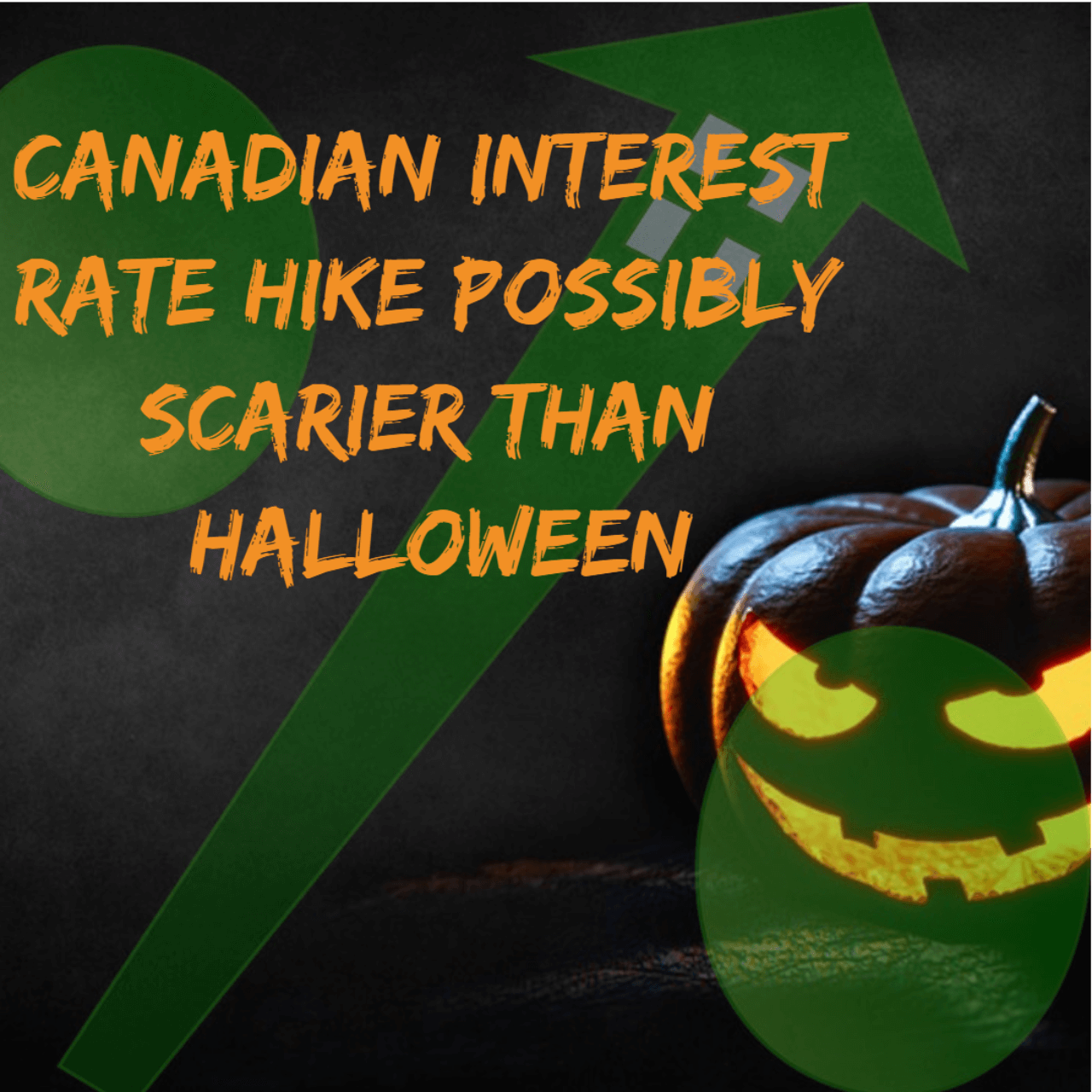If you prefer to listen to an audio version of this Brandon’s Blog, please scroll to the bottom of this page and click on the podcast.
Coronavirus risks introduction
The COVID-19 is spreading out across the world. The unique coronavirus is becoming an international pandemic. COVID-19 is the breathing illness triggered by the novel coronavirus that came from Wuhan, China. The fast-spreading infection has actually killed more than 3,000 people as well as hitting at least 90,000, so far mostly in China. The disease is coming to North America right now in airports and on cruise liners. This Brandon’s Blog is to talk about the coronavirus risks and discuss why Canadians and the Canadian economy is not immune.
Coronavirus explained
Coronavirus is spread out primarily via tiny droplets coughed or sneezed straight from a contaminated individual right into the face of a person close by. The spreading is different than the more infectious air-borne transmission of the virus-like measles, which can stay suspended in enclosed areas and be taken in hours after being exhaled by ill people.
Surgical face masks do not offer a proper seal around the face so while it does secure from respiratory system droplets from a sneeze or a cough, the microbe is still present in airborne droplets that can navigate out of a medical mask. The spread of the illness is proceeding and Canadians are appropriately asking themselves how they can get security against the infection. Children who obtain the infection frequently show light symptoms and some have none. The reported cases of major illness, as well as death up until now, are in adults.
Coronavirus prevention needs a global response
Coronavirus has demanded a global public health reaction. Countries are putting out daily updates on coronavirus dangers. Strains of a brand-new infection are spreading out. We do not yet know how to deal with the brand-new germ, and we won’t know till more information can be found by the experts. An additional vital unknown is exactly how infectious the coronavirus is.
The Globe and Mail report states that the coronavirus is circling around the planet and showing the dangers of the globalization design. The ailment is creating a great deal of anguish around the world. This pathogen is a little bit of a strange illness since it’s not assaulting youngsters. Up until now, at least 95,000 persons have actually acquired the disease, with about 3,300 having passed away from it. The deaths have been up until now mainly in China. But right here is a less-recognized reality. The incubation period of this coronavirus is generally under two weeks, yet certain reports suggest it often can take 3 weeks.
Coronavirus has actually infected greater than 80 countries. After starting in China, this illness is currently spreading out quickly around the world. The introduction of a novel coronavirus has actually clearly demonstrated the coronavirus risks and the need for clear, timely, and verifiable details from reliable sources.
A look at just how prevalent this pandemic is can be shown by various stories like:
- The variety of people who have tested positive in New York state for the unique coronavirus has increased to 22 after a substantial boost in screening, Governor Andrew Cuomo has actually said.
- Florida authorities reported that two people that tested positive for the brand-new coronavirus have passed away.
- South Africa’s news that an instance of coronavirus has been validated in the nation makes it the 3rd sub-Saharan country to report the infection.
- The United States has asked Iran to release all Americans from its prisons on clinical furloughs over anxieties the coronavirus might be infesting the country’s prisons.
- Paramedics in protective clothing and Israelis putting on masks and medical gloves stand near a dedicated polling station where people under quarantine from the coronavirus can vote in Israel’s nationwide political election, in Tel Aviv.
- The results of the coronavirus can be seen in Tokyo.
- A second person in England that tested positive for coronavirus has died, the UK’s Chief Medical Officer verified.
- California Gov. Gavin Newsom said the cruise liner Grand Princess would continue to be kept offshore until travellers and crew experiencing signs and symptoms that may follow the coronavirus can be tested to figure out whether they have it.
- Individuals wait outside the new medical exam department on the grounds of the Charite University Hospital campus Virchow in Berlin, where people seeking help from the coronavirus can be checked.
- Iran claimed the coronavirus has caused the death of 124 individuals amid 4,747 validated cases in the Islamic Republic as authorities cautioned they might use force to limit travelling between cities.
Coronavirus information – Canada
Coronavirus in Canada does run the risk of becoming a pandemic if the rate of community spread contracting the virus without entering contact with somebody from an infected region significantly rises. The coronavirus has thus far had health consequences for a fairly small number of Canadians. There are thus far 57 validated cases in Canada, many involving people that have actually recovered. This number changes daily.
Mostly all of the destinations Canadians usually take a trip to are extremely secure. The government of Canada’s advisories currently impacts just a few of the destinations.
Obviously China, along with:
- Hong Kong
- Iran
- Japan
- North Italy
- Singapore
- South Korea
Canadian experts believe age, as well as health background, might play the biggest roles in identifying how the unique coronavirus can affect an individual. Local transmission of the coronavirus in Canada is so far person-to-person spread within areas in Canada.
Covid-19 and the Canadian economy
The Canadian economy will certainly be negatively influenced by this infection, similar to all other world economic climates. International Monetary Fund stated the international financial expectation has actually changed to even a more dire situation. The coronavirus has actually enhanced the risk of a worldwide recession this year, credit rating firm Moodys stated. It looks likely that the coronavirus will do significant economic damage.
The coronavirus will lead global economies into its first contraction in a decade, some economic experts are warning. Coronavirus is currently requiring companies to put on hold manufacturing in and shipments from China as officials attempt to restrict its spread. At the same time, the IMF claimed the spread of the coronavirus has actually erased assumptions of stronger financial growth this year. It will cause the 2020 worldwide economic gains to its slowest pace since the economic crisis in 2008.
With monetary markets uneasy, the United States Fed’s change of mind on decreasing interest rates is totally reasonable. The coronavirus risks have brought about a dramatic downturn in the stock market. It has fanned worries of financial tanking as the Republican president asks Americans for a second term. As it worries the US economy, the Canadian economy follows the same path.
The coronavirus will injure Canada’s economy. The rapid spread of the coronavirus is most likely to send the global economy right into a downturn, according to prominent Canadian economist David Rosenberg. Bank of Canada Governor Stephen Poloz said in his newest speech that coronavirus will certainly interrupt the global economy for at the very least the first half of this year. The half a point decrease of the Bank’s key rate target to 1.25 percent marked the initial cut since the summer of 2015 and brought the rate to its lowest level since early 2018.
On March 5, Prime Minister Justin Trudeau said a pavlovian response to the unique coronavirus will not keep Canadians safe. The federal government is attempting to stop an economic downturn from something they cannot manage; the coronavirus that’s going to affect the whole world’s economy. Financial experts think the Bank of Canada’s decision to reduce the target interest rate shows the coronavirus has revealed a pocket of weakness in the Canadian economy. Markets have actually withstood roller-coaster ups as well as downs for weeks amid unpredictability over how much damage the outbreak of the new coronavirus will do to the global economy.
New data on China suggests the damage coronavirus has actually wrought on the globe’s second-largest economic engine could be even worse and a lot more extended than previously anticipated. My fear is the Canadian reaction will be insufficient to mitigate the negative financial influence the coronavirus is having on worldwide financial markets. The best-case scenario is that the Bank of Canada’s emergency rate cut will prove to be an over-reaction from the policymakers.
The coronavirus is now beginning to have a devastating influence on world markets, manufacturing and supply chains. It will eventually impact the labour force. Investors are really hoping that policymakers will take crucial action to limit the pain. If reduced business causes layoffs in Canada and elsewhere, the economy will slow down even faster.
Coronavirus is damaging the international airline and hotel sectors as business and leisure trips are being cancelled. Economists are asking whether lowering interest rates is the correct way to counter the negative economic influence from the coronavirus. The SEC is concerned about what the effect will be on new issuers and investors.
Coronavirus may force the Alberta government to ditch a balanced-budget plan, said Premier Jason Kenney. In the United States, economists are urging the President to right away rescind all of his tariffs and also dedicate to markets and as trading partners that no brand-new tariffs will be applied at least until the economic damage from the coronavirus has passed. Markets will continue to be volatile until the coronavirus is brought under control. Canadians are really concerned that the coronavirus has the potential to erase the value of their retirement funds.
The coronavirus is negatively impacting supply chain systems causing failures to deliver. Companies might get some protection if the force majeure section of supply contracts mentions that an epidemic or disease is an event beyond the parties’ control. The coronavirus may fall within that interpretation. In all instances, company problems will take months to return to business as usual. So even if the coronavirus is contained quickly, it is likely to negatively affect the economy for some time.
Coronavirus has forced travelling constraints, allegations between governments and a collection of misguided xenophobic attacks in many countries. Relying on the degree of human and financial damage this virus brings upon around the world, coronavirus may someday be considered a vital turning point for the whole global economy.
Just a few examples of economic damage that the coronavirus has already brought about are:
- postponement of the three-day Ultra electronic dance music festival in Miami
- the release of the next James Bond film delayed from April to November 2020
- IBM cancelling a major event
- the NBA announcing it is seriously studying the situation and playing games in empty arenas is a possibility under consideration. The television contract is so lucrative and attracts such a wide audience, allows for empty stadium games to be a serious possibility
- Cancellation of business and vacation travel
The concern of whether it is appropriate to cancel or alter travel plans due to the spread of the coronavirus is mainly an individual decision that travellers have to make after evaluating all the realities available. No matter, Canadian life and the economic climate will certainly be various for the foreseeable future.
Summary
I hope you have found this coronavirus risks discussion useful. If you have any questions please feel free to contact us at any time.
Do you or your company have excessive debt and looking for debt restructuring? Is your business in trouble because of the effects of coronavirus on the Canadian economy? Would not it be great if you could do a turn-around?
The Ira Smith Team understands how to do a debt restructuring. More notably, we comprehend the requirements of the business owner or the person who has too much individual debt. Because you are dealing with these stressful financial issues, you are anxious.
It is not your fault you can’t fix this problem on your own. You have only been taught the old ways. The old ways do not work anymore. The Ira Smith Team makes use of new contemporary ways to get you out of your debt problems while avoiding bankruptcy. We can get you debt relief now.
We look at your whole circumstance and design a strategy that is as distinct as you are. We take the load off of your shoulders as part of the debt settlement strategy we will draft just for you.
We understand that people facing money problems require a lifeline. That is why we can establish a restructuring procedure for you and end the discomfort you feel.
Call us now for a no-cost consultation. We will get you or your business back on the roadway to healthy and balanced worry-free operations and end the pain points in your life, Starting Over, Starting Now.









